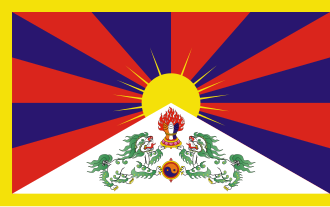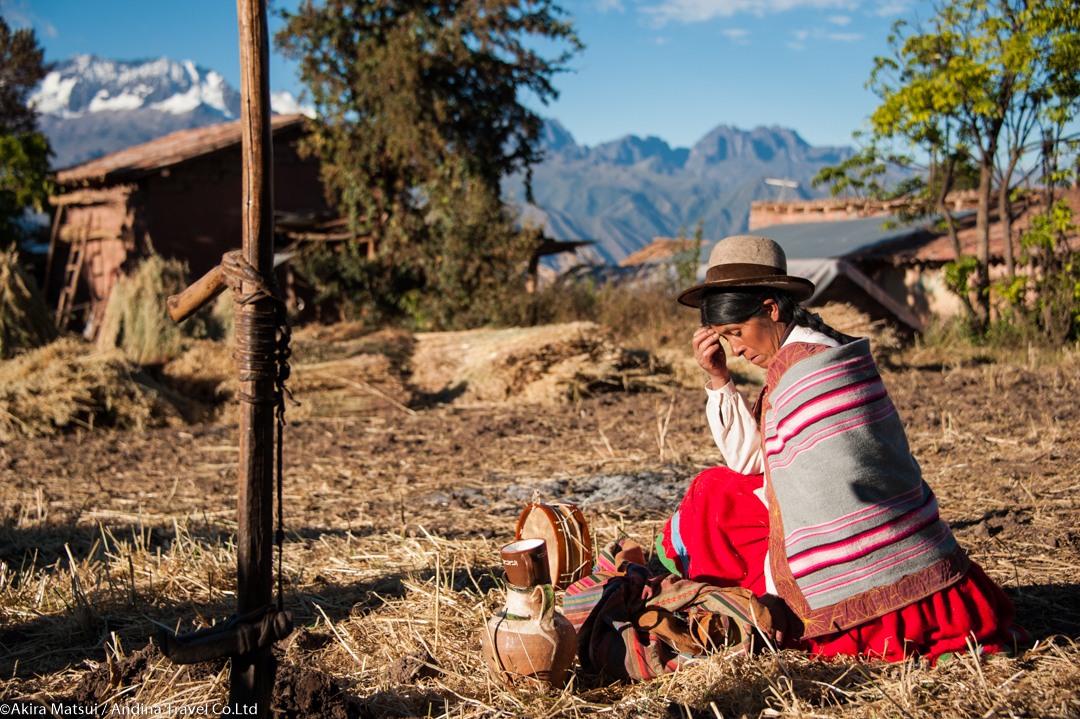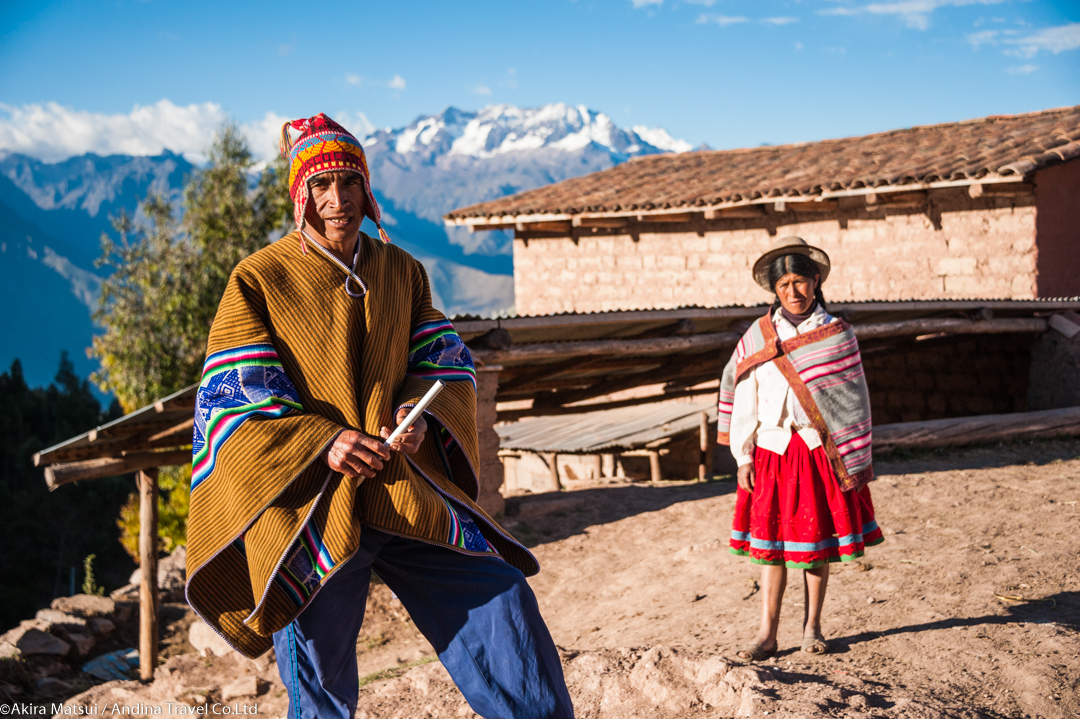Tibetan People
・The Tibetan people are an ethnolinguistic group native to the Tibetan Plateau, known for their unique blend of high-altitude pastoralism and deep spiritual tradition.
・They have a distinct language, script, and cultural identity rooted in Tibetan Buddhism.
Location
・Primarily in the Tibet Autonomous Region (TAR) of China.
History
・Tibet formed an empire in the 7th century, establishing diplomacy with China, India, and Nepal.
・From the 17th century, the Dalai Lama became both the religious and political leader.
・After China’s assertion of control in the 1950s, the 14th Dalai Lama fled into exile in 1959.
・Modern Tibet faces restrictions, yet cultural preservation efforts continue globally.
Culture
・Tibetan Buddhism:Emphasizes prayer, meditation, and monastic learning.
・Nomadic pastoralism:Traditional lifestyle includes herding yaks and sheep.
・Architecture & Art:Potala Palace, mandalas, thangka (sacred paintings).
・Cuisine:Tsampa (barley flour), butter tea, yak cheese, dried meats.
Spiritual objects
・Prayer wheels (mani):Spin to send prayers into the world.
・Prayer flags (lungta):Five-colored flags spreading blessings with the wind.
Quechua Symbols and Flag

Tibetan National Flag (Snow Lion Flag)
・Features the sun, two snow lions, snowy mountains, and colored rays.
・Symbol of the Tibetan exile movement; banned in China.
Prayer flags (Lungta/Tarcho)
・Blue, white, red, green, yellow — representing elements and spreading prayers.
Snow Lion
Mythical protector and symbol of courage.
Language
Belongs to the Tibeto-Burman branch of the Sino-Tibetan family.
・Major dialectsCentral Tibetan (Lhasa), Kham, Amdo.Characteristics
・No tones.
・Rich vowel and consonant systems.
・Complex honorific system.
Common Tibetan Greetings and Phrases
| English | Tibetan (Lhasa Dialect) | Pronunciation |
| Hello | Tashi Delek | Tah-shee De-lek |
|---|---|---|
| Good morning | Nyinmo Delek | Nin-mo De-lek |
| Thank you | Thu-je che | Too-jay chay |
| Nice to meet you | Kherang-la tashi delek | Ke-rang-la Tah-shee De-lek |
| Good night | Lo Delek | Lo De-lek |
| Delicious | Ma-sho | Mah-show |
| Fun/Enjoyable | Ga-wa | Gah-wah |
Region
Continent: Eurasia
・Also widely spread across Qinghai, Sichuan, Gansu, and Yunnan provinces.
・Significant diaspora communities live in India (Dharamshala, Ladakh), Nepal, and Bhutan.
Access Guide
The currency of the Tibetan people is the Chinese Yuan (CNY, 元).
The currency shown here is the official currency (CNY) of China, where the Tibetan people mainly live. Different currencies may be used in other countries.
Tibet (Lhasa)
Access to Tibet (Lhasa) from Major Cities
| Departure City | Direct/Transit | Arrival Airport | Flight Time (approx.) | Reference Fare (one-way/round-trip, Economy) |
| Los Angeles | LA → Beijing/Chengdu → Lhasa | Lhasa Gonggar (LXA) | 19–25 hours | US$1,200–1,800 |
|---|---|---|---|---|
| New York | NY → Beijing/Chengdu → Lhasa | Lhasa Gonggar (LXA) | 21–27 hours | US$1,250–2,000 |
| London | London → Beijing/Chengdu → Lhasa | Lhasa Gonggar (LXA) | 17–23 hours | £900–1,500 |
| Tokyo | Tokyo → Beijing/Shanghai → Lhasa | Lhasa Gonggar (LXA) | 13–17 hourss | ¥110,000–180,000 |
| Sydney | Sydney → Guangzhou/Chengdu → Lhasa | Lhasa Gonggar (LXA) | 16–22 hours | A$1,300–2,000 |
| Hong Kong | Hong Kong → Chengdu/Chongqing → Lhasa | Lhasa Gonggar (LXA) | 8–12 hours | HK$3,800–6,000 |
| Shanghai | Shanghai → Chengdu → Lhasa | Lhasa Gonggar (LXA) | 7–10 hours | CNY 2,800–4,500 |
| Singapore | Singapore → Chengdu → Lhasa | Lhasa Gonggar (LXA) | 12–17 hours | S$900–1,600 |
Language Origins
・Tibetan emerged within the Tibeto-Burman group, developing a script under King Songtsen Gampo (~7th century).
・Used extensively for translating Buddhist scriptures.
・Remains a liturgical and educational language.
Writing System
・Tibetan script was developed in the 7th century, derived from ancient Indian Brahmi script..
・Used for religious texts, government, signage, and daily writing.
・Written horizontally; aesthetically ornate.
Detailed Habitat
・China:Tibet Autonomous Region, Qinghai, Sichuan (west), Gansu (south), Yunnan (north).
・India:Dharamshala, Ladakh, Sikkim.
・Also found in Nepal, Bhutan, and among global Tibetan diaspora.
Traditional Games of the Tibetans People
1.Korkor (Ring Toss)
・Throwing small wooden rings onto a peg.
2.Lakpa (Ball Chase Game)
・Competitive game with teams chasing a ball.
3.Folk Dance & Song (Gorshey, Yang-gar)
・Circle dances with chanting, often during harvest or weddings.
4.Prayer Wheel Races
・Friendly competitions on who can spin the most during walking rituals.
Introduction video


Tibetan culture is a profound blend of spiritual devotion, linguistic heritage, and highland resilience, offering timeless insight into the harmony between people, belief, and the natural world.
